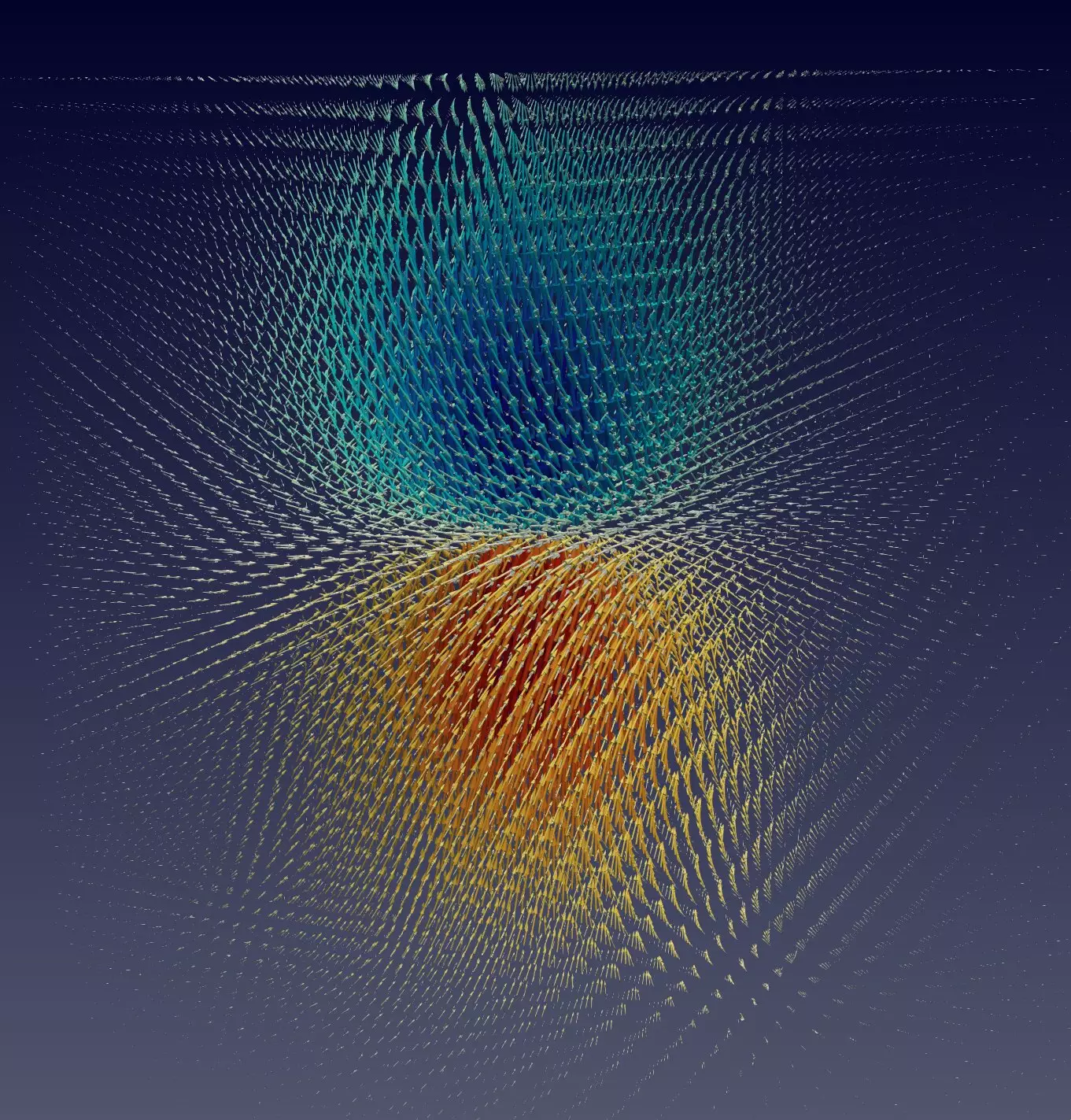Halide perovskites have recently gained attention as promising materials for applications in photovoltaics, light-emitting diodes, and other optoelectronic devices. These materials exhibit extraordinary optoelectronic properties, such as long carrier lifetimes and diffusion lengths. A recent study conducted by researchers at the University of Texas at Austin aimed to shed light on the origin of these exceptional carrier lifetimes, revealing the presence of unconventional electron-phonon physics governing halide perovskites. This study, published in PNAS, introduces a new class of quasiparticles known as “topological polarons” that play a crucial role in the unique properties of halide perovskites.
One of the key challenges in understanding the formation of polarons in halide perovskites has been the lack of appropriate theoretical methodologies that can capture the full complexity of these materials. The research team at the University of Texas at Austin developed a novel high-performance computing approach based on quantum mechanics to study the interaction between electronic carriers and lattice vibrations, leading to the formation of polarons. By utilizing highly-performing codes and running simulations on some of the world’s largest supercomputers, the researchers were able to investigate the formation of polarons in halide perovskites at an unprecedented scale.
Through their simulations, the researchers discovered that polarons in halide perovskites can exhibit a wide range of forms, varying in size and spatial distribution. These polarons can range from spanning several nanometers in length to localizing around a single atom within the crystal lattice. Furthermore, the study revealed that polarons can form periodic distortions, resembling charge-density waves at high densities. Interestingly, the researchers observed that different types of polarons can manifest at distinct timescales, with large polarons transforming into smaller ones under illumination.
One of the most surprising findings of the study was the discovery of the topological nature of polarons in halide perovskites. The atomic displacements surrounding the polarons formed vortex patterns, and the associated vector fields exhibited well-defined topology described by quantized topological numbers. These topological structures bore resemblance to skyrmions, merons, and Bloch points observed in magnetic systems, introducing a new dimension to the understanding of quasiparticles in non-magnetic materials.
The identification of topological polarons in halide perovskites opens new avenues for future investigations in the field of optoelectronics. The researchers plan to further develop methods to predict the transport and optical properties of these polarons, aiming to uncover new physical phenomena and elucidate their origins. Additionally, they seek to explore whether topological polarons are unique to halide perovskites or if they can be found in other materials, as well as investigate the tunability of material parameters to modify the topological charge and helicity of polarons.
The study on the unconventional physics of halide perovskites represents a significant breakthrough in the field of optoelectronics, providing valuable insights into the formation and characteristics of topological polarons. By unraveling the mysteries behind the remarkable carrier lifetimes of these materials, the research paves the way for the development of novel optoelectronic devices and the exploration of new phenomena at the intersection of quantum mechanics and materials science.


Leave a Reply